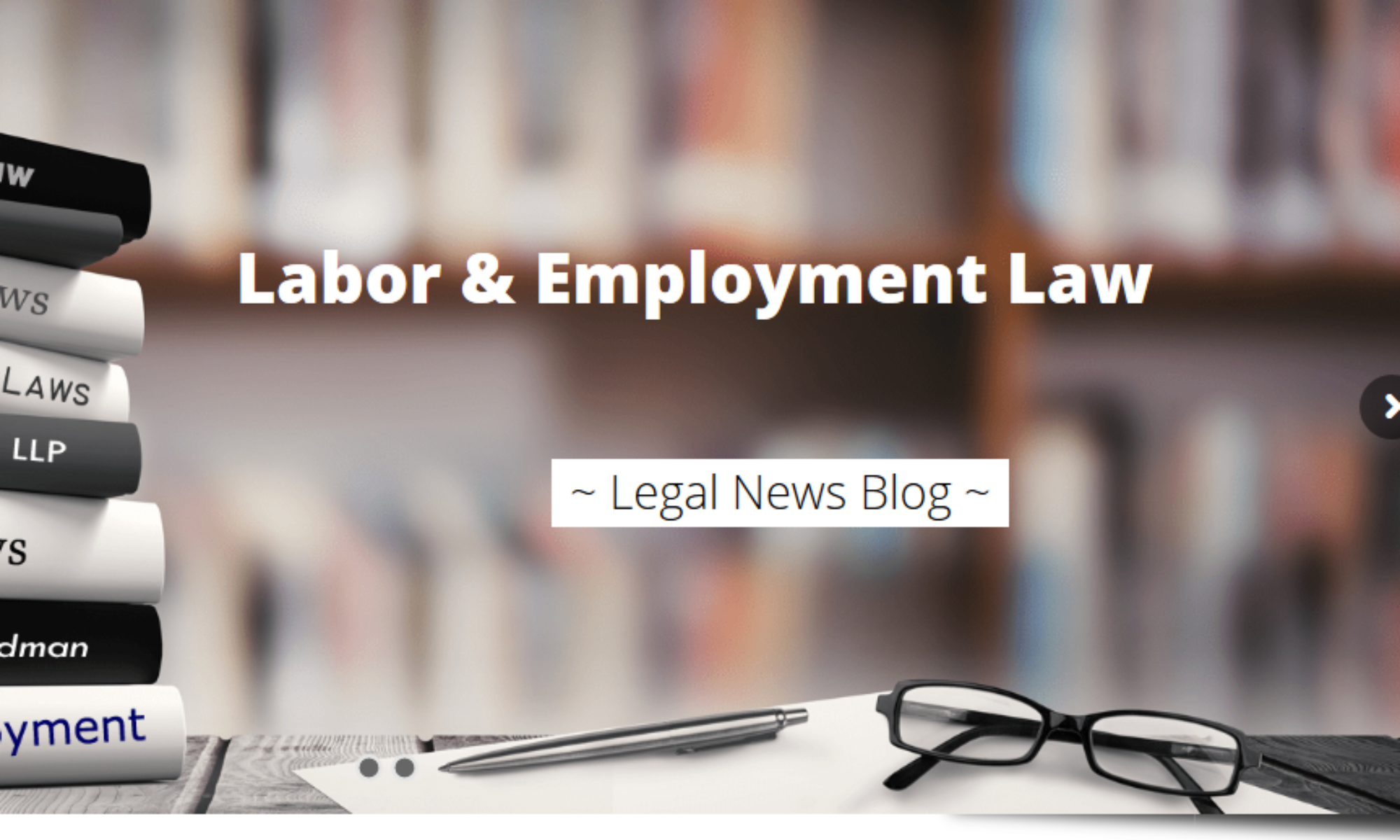The Deep Impact of Pay Discrimination on Workers
Pay discrimination continues to take an emotional and financial toll on American workers, despite decades of civil rights legislation designed to promote fair compensation. The recent $100,000 settlement reached between Sinclair, Inc. and employee Jonae Rollins serves as a poignant reminder of the unfair wage disparities that remain deeply rooted in our workplaces, often driven by race and gender.
This situation represents more than just an isolated legal violation; it shines a light on a pervasive issue that affects millions of hard-working individuals across the country. It emphasizes the importance of understanding your rights, recognizing discriminatory practices, and knowing how to navigate the legal framework. This knowledge can empower individuals to stand against injustice rather than suffer in silence.
The Sinclair Case: A Heartbreaking Example of Discrimination
The case brought by the Equal Employment Opportunity Commission (EEOC) against Sinclair, Inc. reveals distressing patterns that echo the experiences of many workers in various sectors. Jonae Rollins, a dedicated Black information technology worker, endured what employment attorneys see as textbook pay discrimination over her three years with the company.
After initially being hired in 2015 for a temporary role, Rollins earned a promotion to full-time status the following year. Unfortunately, despite her remarkable skills and dedication to her role, she faced the painful reality of consistently receiving lower pay than her white colleagues, many of whom were not equipped to handle the same responsibilities. The complaint highlighted this inequity, stating that “a white employee who worked with Ms. Rollins was paid more for performing similar work and was granted opportunities that were repeatedly out of reach for her.”
The most striking evidence came from Sinclair’s own records, which revealed that by February 2018, Rollins was “the lowest-paid employee on the team.” Even after a compensation study validated her claims of being underpaid, the company postponed any corrective action, citing “company restructuring.” In a heart-wrenching twist, a white subordinate received a $21,000 raise and additional benefits, including the chance to work remotely full-time.
When Rollins bravely voiced her concerns in May 2018, expressing that she could no longer continue without a salary increase, Sinclair chose to terminate her employment. This decision stands in stark contrast to the treatment she had received throughout her tenure, raising serious concerns about the motivations behind such a drastic step. Her experience underscores the profound impact of pay discrimination, reminding us that behind every statistic lies a story of struggle and resilience.
Federal and State Legal Protections
The legal framework addressing pay discrimination operates through multiple layers of federal and state legislation, each providing specific protections and remedies for affected workers.
The Equal Pay Act of 1963
The federal Equal Pay Act established the foundational requirement that employers pay equal wages for equal work, regardless of sex or race. This law applies to jobs requiring substantially equal skill, effort, and responsibility performed under similar working conditions. Employers can only justify pay differences through legitimate factors such as seniority systems, merit-based compensation, productivity measurements, or other factors unrelated to gender.
California’s Enhanced Protections
California’s Equal Pay Act extends beyond federal requirements, prohibiting wage disparities based on race and ethnicity in addition to sex. The law defines “substantially similar work” as tasks requiring comparable skill, effort, and responsibility under similar working conditions. Critically, employers cannot justify pay differences by referencing an employee’s prior salary history—a practice that historically perpetuated wage gaps.
California Labor Code Section 432.5 further strengthens worker protections by prohibiting employers from seeking salary history information during the hiring process. Companies with 15 or more employees must include pay scales in job postings and provide current employees with their position’s pay scale upon request.
Title VII Broader Coverage
Title VII of the Civil Rights Act of 1964 provides comprehensive protection against race discrimination in all aspects of employment, including compensation. This law covers hiring, promotion, termination, and working conditions, creating multiple avenues for addressing discriminatory practices beyond just wage disparities.
Employee Rights and Protections Against Retaliation
Workers possess specific rights when confronting pay discrimination, along with strong legal protections against employer retaliation. California Labor Code Section 232 explicitly prohibits employers from preventing employees from discussing their wages or the wages of others. Companies cannot require workers to sign waivers surrendering these rights or punish employees for wage-related conversations.
These discussions often provide the first evidence of discriminatory pay practices. When workers can openly compare compensation, patterns of discrimination become apparent, enabling them to build stronger legal cases. The law recognizes that transparency is essential for identifying and addressing wage disparities.
Retaliation protections extend beyond wage discussions to cover formal complaints, participation in investigations, and cooperation with enforcement agencies. Employers who terminate, demote, or otherwise punish workers for asserting their rights face additional legal liability beyond the original discrimination claims.
Preventing Workplace Discrimination
Employers have both legal obligations and business incentives to prevent pay discrimination. Proactive measures can avoid costly litigation while creating more equitable workplaces that benefit all employees.
Compensation Audits and Reviews
Regular pay equity audits help identify and correct discriminatory patterns before they become legal liabilities. These reviews should examine compensation across demographic groups, job classifications, and career progression paths.
Companies should document their findings and take corrective action where disparities cannot be justified by legitimate business factors.
Clear Policies and Training
Comprehensive anti-discrimination policies must address pay equity specifically, outlining prohibited practices and reporting procedures. Manager training should cover unconscious bias, fair compensation practices, and the legal requirements for justifying pay decisions. Regular refresher training ensures these principles remain front-of-mind during compensation decisions.
Transparent Compensation Structures
Clear job descriptions, standardized pay scales, and documented promotion criteria reduce opportunities for discriminatory decision-making. When compensation decisions follow established, objective criteria, both employers and employees benefit from greater clarity and fairness.
EEOC Lawsuits vs. Private Employment Attorneys
Attorneys provide personalized legal representation, advocating directly for individual clients or smaller groups. Private employment attorneys typically offer more tailored legal strategies, ensuring the unique circumstances and needs of their clients are thoroughly addressed, whereas the EEOC prioritizes broader regulatory enforcement. Private attorneys are often instrumental in securing significant financial awards for their clients, with settlements and verdicts commonly reaching into the millions. This distinction underscores the value of seeking private legal counsel for individualized attention, comprehensive advocacy, and the potential for substantial compensation in resolving employment disputes.
Frequently Asked Questions
What constitutes pay discrimination under current law?
Pay discrimination occurs when employers compensate employees differently based on protected characteristics like race, gender, or ethnicity for substantially similar work. The discrimination can be direct wage disparities or indirect practices like using salary history to set compensation.
How can I determine if I’m experiencing pay discrimination?
Compare your compensation to colleagues performing similar work with comparable qualifications and experience. Consider factors like base salary, bonuses, benefits, and advancement opportunities. Document any patterns that suggest disparate treatment based on protected characteristics.
What should I do if I suspect pay discrimination?
Document all relevant information, including job responsibilities, performance evaluations, and compensation details. Report concerns through your company’s internal complaint procedures if available. Consider consulting with employment law attorneys who can evaluate your situation and explain your legal options.
Can my employer retaliate against me for discussing wages or filing complaints?
No. Both federal and state laws specifically prohibit retaliation against employees who discuss compensation or file discrimination complaints. Employers who engage in retaliatory conduct face additional legal liability beyond the original discrimination claims.
Securing Your Rights in the Workplace
Pay discrimination is a troubling issue that continues to affect many workers, regardless of their industry or career level. The Sinclair case is a stark reminder that even when employees voice their concerns and companies recognize these problems, discriminatory practices can still endure. If you find yourself in a similar situation, it’s important to know that you don’t have to endure this alone.
Taking the time to understand your legal rights is a crucial first step in confronting pay discrimination. There are federal and state laws designed to offer support, whether through internal company procedures or formal legal action. The significant settlements that have emerged from recent high-profile cases highlight that employers can and do face serious repercussions for unfair practices.
If you suspect that you are experiencing pay discrimination at work, reaching out to experienced employment law experts can provide valuable guidance. They can help you explore your options and advocate for your rights. There is a legal framework in place to address these issues, and with informed action, you can make a difference. You deserve to be treated fairly and with respect in your workplace.





